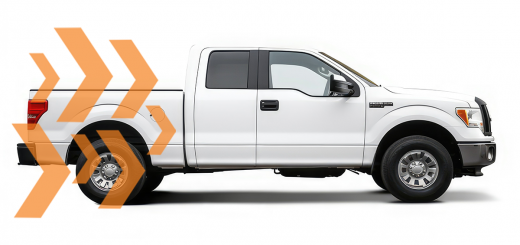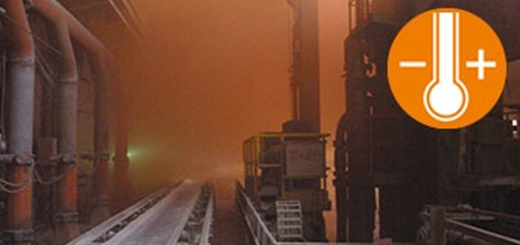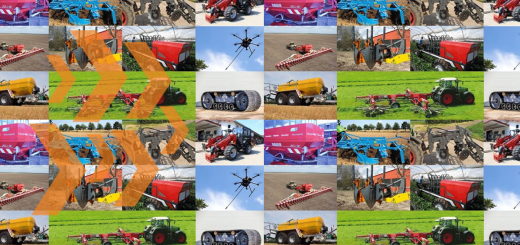Going Carbon Neutral – Corporate CO2 Footprint
By Ina Hartmann
The goal of reducing CO2 emissions has become a staple in many corporate strategies. This focus is needed, since recent extreme weather conditions point directly to the urgency of climate change. We at igus® also have the goal of becoming climate-neutral, and we want to achieve this goal by 2025.

In 2021, we generated 31.2% less CO2 emissions at our headquarters (and production site) in Cologne than in 2020. This number includes Scope 1 and Scope 2, terms that most people are unfamiliar with. This article provides a brief explanation of the term “scope,” showing by way of example what emissions fall into which scope and which are considered direct or indirect.
Reducing CO2 as a private citizen
Do you know your CO2 footprint? If not, you can estimate it with a free online tool from the United States Environmental Protection Agency. Of course, you can reduce CO2 consumption even without this knowledge: drive less, consume less meat (or give up meat altogether), be smart in heating your apartment or house and shop locally. As a private citizen, it is relatively easy to reduce your CO2 footprint. But what about companies and industry in general?
Scope – three areas for emissions comparability
By signing the Paris Agreement, almost all countries have committed themselves to limiting the global temperature rise to 1.5 degrees by 2100. Measures for achieving this require uniform criteria and reporting standards so that the impact can be measured with consistency across countries.
In 2011, the Greenhouse Gas Protocol and several NGOs drafted a template for such standards with scientific support. The Protocol divides emissions into three areas: Scope 1, Scope 2, and Scope 3.
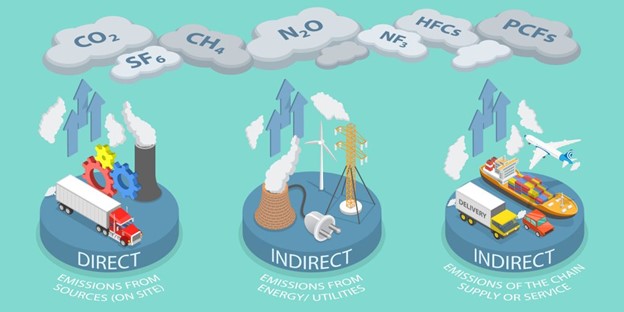
Scope 1 – direct emissions
Scope 1 covers all emissions that a company or organization causes directly. Direct emissions according to Scope 1 include company vehicles, combustion processes, coolants, steam generation and leaks from systems such as air conditioning. Combustion processes can be from production, such as firing ceramics or other sources, like a sweeper’s internal combustion engine or a building heating system’s emergency power unit.
Scope 2 – indirect emissions
Indirect emissions according to Scope 2 include heat, electricity, and steam purchased by companies from external suppliers. A company’s carbon footprint depends on how “green” the generation of this purchased energy is.
igus® GmbH switched to green electricity at its production site in Cologne in mid-2021 and to climate-neutral gas at the end of 2021 and can therefore report a significant reduction in CO2 emissions according to Scope 2 for 2021.
Scope 3 – indirect emissions in the supply chain
Scope 3 includes all emissions that originate from external independent sources but are a consequence of the company’s activities: all employees’ travel to the workplace, waste from production and everyday work, material transport, water consumption by employees and production, fuel consumption by suppliers, delivery of products to customers, waste from products disposed of by customers and more.
Due to the diversity of Scope 3 emissions, the calculation is very complex and is currently still based largely on estimates.
This is just where an innovation in the igus® plain bearings online shop comes in: Since April 2022, the CO2 footprint has been specified for our most commonly used plastic plain bearings. The goal is to be able to identify it for all of our plain bearings. Anyone who uses these components for their machine will have a better overall picture of their CO2 emissions.
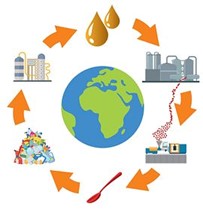
The path to climate neutrality at igus®
We want to be climate-neutral at our headquarters and production site in Cologne by 2025. The switch to green electricity and climate-neutral gas in 2021 was a significant step toward this goal. But a lot more is happening:
- In production, older, energy-intensive injection molding machines are gradually being replaced by new, more energy-efficient ones.
- Lighting in production halls is currently being converted to LED.
- Comprehensive leakage management has enabled energy to be saved in the production of compressed air.
- In the plain bearings product area, the ECO product line, in which plain bearings are made from regranulate from our own production waste, has now been created.
- Since 2019, we have been taking back old plastic cable carriers from companies and recycling them in our chainge program. We don’t care whether the cable carriers are from igus® or from competitors. In April 2022, we launched the first product made from this recycled material, the E2.1.CG cradle-chain e-chain®.
- Our environmental management system is certified according to ISO 14001 and the corresponding energy management system according to ISO 50001:2018.
- Employees and customers can also charge their e-cars at 20 charging points on our company campus.
And there is much more. According to Scopes 1 and 2, we are 95% climate-neutral as of April 2022. We still have a lot of work to do to reduce our CO2 footprint, but we are proceeding step by step along this path.
Have further questions about our plain bearings? Contact an expert here. For more info about e-chain® cable carriers, contact an expert here. You can also contact us by phone at 800-965-2496.

